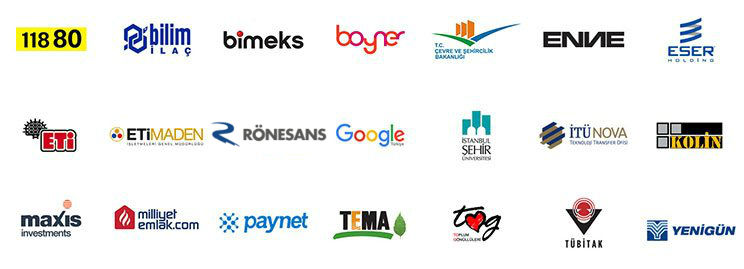
In the business world, the biggest risks are often thought to be taking bold steps.
Decisions such as investing in a new technology, changing a fundamental process, or entering a new market are carefully weighed.
However, there is a much more insidious and dangerous risk that is often overlooked.
That risk is doing nothing.
The Problem: Inaction Is Not an Option, It's a Cost
For many companies, postponing the purchasing transformation may seem like a safe option “for now.”
The current systems are "getting by" and operations are continuing in some form.
Therefore, initiating a major project such as digitalization may not be seen as an urgent priority.
However, this is a mistake.
Inaction is not a neutral state of waiting; it is an active decision with increasing costs.
Inefficiencies in your current processes, missed savings opportunities, and increased risks quietly accumulate while you wait.
Provocation: The Hidden Cost of Procrastination
The cost of a "we'll figure it out later" approach is often much higher than it seems at first glance.
According to an analysis by Boston Consulting Group, digital transformation leaders achieve 1.8 times higher profit margins than procrastinators.
This means that procrastination is not only an inefficiency but also a direct loss of profitability.
The items in this invoice are as follows:
-
Lost Value: Every hour wasted on manual processes prevents your team from doing more strategic and valuable work.
-
Increased Risk: Legacy systems that lack transparency leave you vulnerable to risks like supply chain disruptions, compliance issues, and fraud.
-
Loss of Competitiveness: While your competitors become faster, smarter, and more data-driven, you stand still and essentially fall behind.
-
Talent Churn: Top professionals want to work with modern tools and make a strategic impact, while legacy systems sap their motivation and drive them to leave the company.
Waiting doesn't make problems go away; it just makes them grow bigger and more costly.
Time for Transformation: The Logic of Taking Action "Now"
Once you understand the cost of inaction, taking proactive action becomes inevitable.
Procurement transformation is not just a technology upgrade, it is a strategic investment that gives your company a competitive advantage, financial resilience and operational excellence.
Why is purchase conversion so important?
Purchasing transformation is important because it transforms the department from a reactive order processor to a proactive value creation center.
Beyond reducing costs, this includes encouraging supplier innovation, reducing supply chain risk and directly contributing to the company's overall strategic objectives.
A modern purchasing function helps the company become more agile and profitable.
First Steps to Initiating Change
Knowing that postponing transformation is risky is the first step towards taking action.
1. Assess Your Current Processes: Where are your biggest pain points? Which manual tasks are wasting the most time?
2. Define a Clear Vision: What do you want to achieve with digitalization? Better cost control, faster cycle times, or better risk management?
3. View Technology as a Tool: Research modern eProcurement platforms that support and automate your processes. These platforms can be a catalyst for transformation.
What are the risks of legacy procurement systems?
Legacy systems are often poorly integrated, require manual data entry, and have limited reporting capabilities.
This creates risks such as data errors, lack of visibility into spend, and slow processes.
They may also be more vulnerable to cybersecurity threats and may not provide the flexibility and agility that modern business requires.
These risks directly threaten both the financial and operational health of the company.
Conclusion: The Riskiest Decision Is Indecision
In the procurement world, the status quo is no longer a tenable position.
As technology advances rapidly and markets become increasingly uncertain, delaying transformation is consciously choosing to fall behind.
The cost of waiting is a bill that increases every day.
Taking action is the smartest investment that will carry your company to a more resilient, productive and competitive future.
The real risk is not in changing, but in staying the same.







